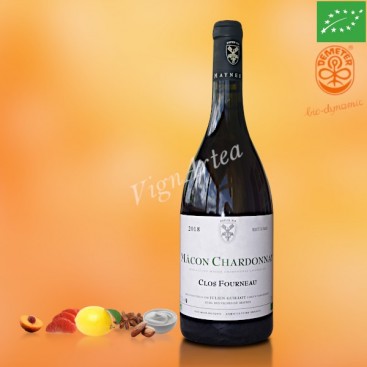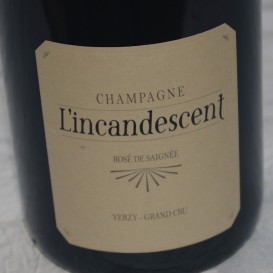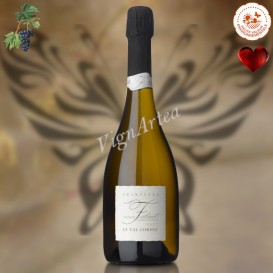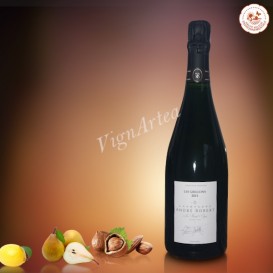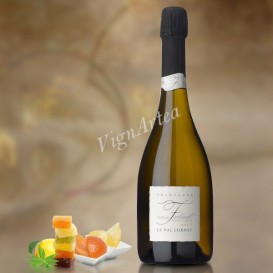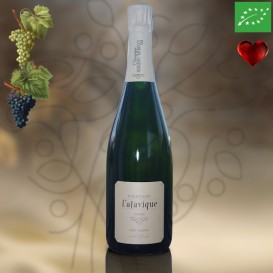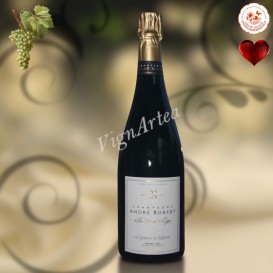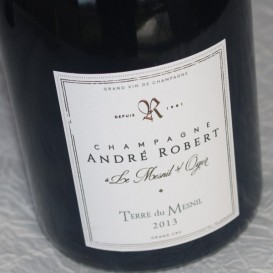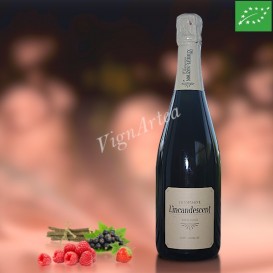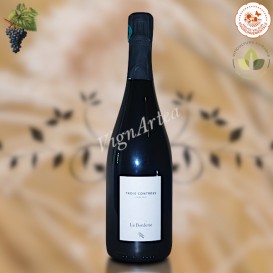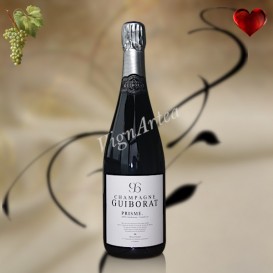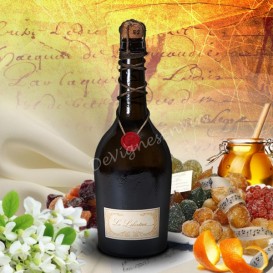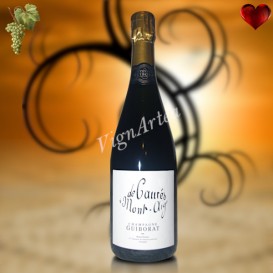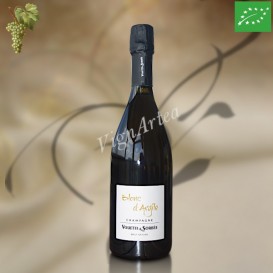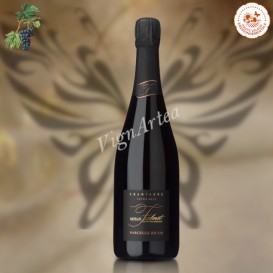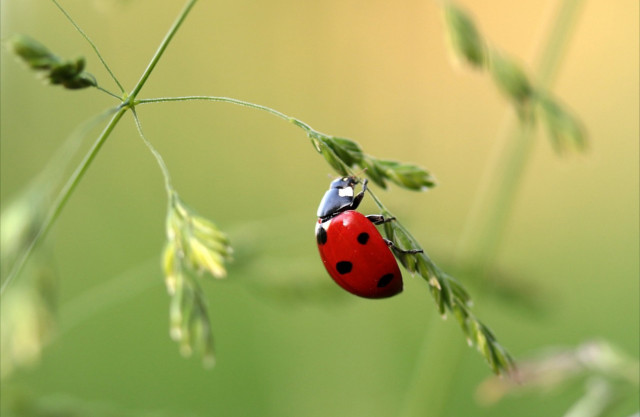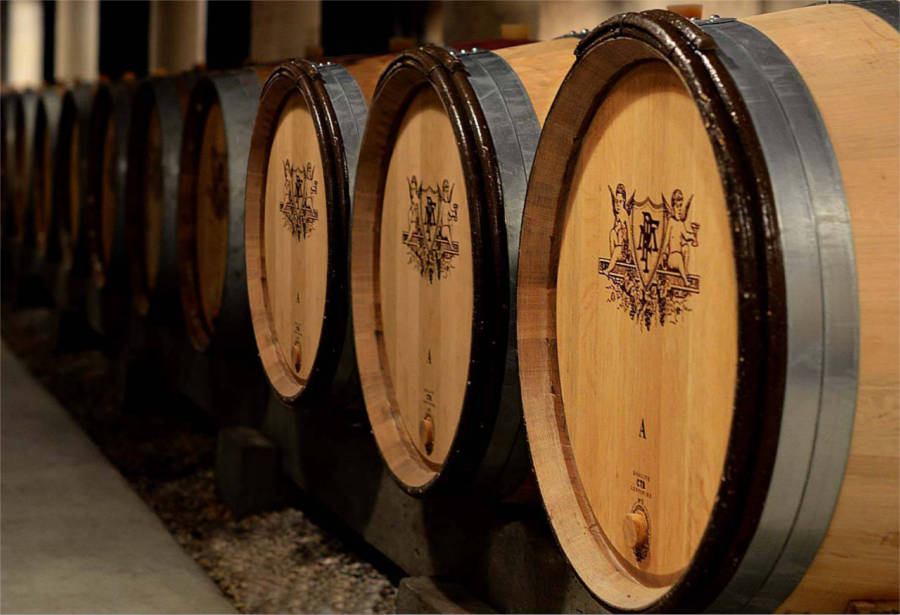CLOS FOURNEAU 2018 (Julien Guillot - Vignes Du Maynes)
BOURGOGNE - AOP MÂCON-CHARDONNAY - WHITE WINE
Grape variety: Chardonnay (100%)
Biodynamics Native yeasts
18 months winemaking in tanks
- Nose: fresh and gourmet. Fruity fragrances of vine peaches, pink grapefruit, cream, and a hint of anise.
- Palate: voluptuous, tasty, elegant and tonic, smooth and lemony. Finish that stretches on some almonds notes.
- Tasting date: June 2020
- OUR OPINION: very nice white wine, rich and generous!
The Clos Fourneau cuvée is a white Chardonnay wine, whose vines come from an old 40 ares enclosed plot that were totally abandonned during 110 years after the phylloxera crisis, and were planted again in 2011. Located high on the hillside, this plot, surrounded by walls and boxwood, is entirely worked with an horse. It still has its 'cadole', fully restored : it is an old round stone hut, built by the winegrowers who came to shelter there in case of bad weather or to have lunch.
TERROIR
The place called Clos Fourneau offers a terroir dating from the Middle Jurassic whose deposits were formed in the Upper Bathonian, 165 million years ago.
At that time, the region was buried under a shallow sea, whose level variation changed the type of sedimentation. The soil is made up of a first layer of Pholadomia marls, typical of a deep and calm water sedimentation, and which rests on a limestone layer called flaggy Bathonian limestone, typical of shallow and agitated water sedimentation : the presence of fossil debris encrusted in the limestone gives the latter iridescent reflections.
The tectonic movements that shook the region in the Tertiary 65 million years ago are at the origin of numerous faults which allowed these Upper Bathonian soils to emerge on the surface.
WINEGROWING & WINEMAKING
This very old wine-growing area, located at the height of the hill, is entirely worked with an horse.
The vines have been cultivated according to the Biodynamics principles since 1998, and the grapes are picked manually.
They are sorted a first time in the vineyard, then in the cellar on a vibrating table if necessary. They are then immediately pressed, and left to rest so that the coarsest lees settle to the bottom.
The juice is then drawn into vats where it remains for 18 months. Alcoholic and malolactic fermentations are spontaneously triggered under the native yeasts and bacteria actions, after which the must matures for 18 months on its fine lees.
The wine is neither fined nor filtered, no sulphite is used during the vinification, only a very small dose is added at the time of racking before bottling.
| Country | Burgundy |
| Color | White |
| Orange wines | No |
| Clay amphorae wines | No |
| Type | Dry |
| Vintage | 2018 |
| Capacity | 75 cl |
| Single Grape Variety | Chardonnay |
| Alcohol rate | 12,5 % |
| Quality Designation | Mâcon-Chardonnay |
| Cellar Potential | 10 years |
| Service advise | 10-12°C (50°F-54°F). Open 1/2 hr before the service. |
| Culture Methods | Biodynamic |
| Fining | No |
| Filtering | No |
| Comments | Manual harvest. Native yeasts. Vinification in tanks with a fine lees ageing phase for 18 months. No fining, no filtering. Slight sulphits addition at the bottling. |

